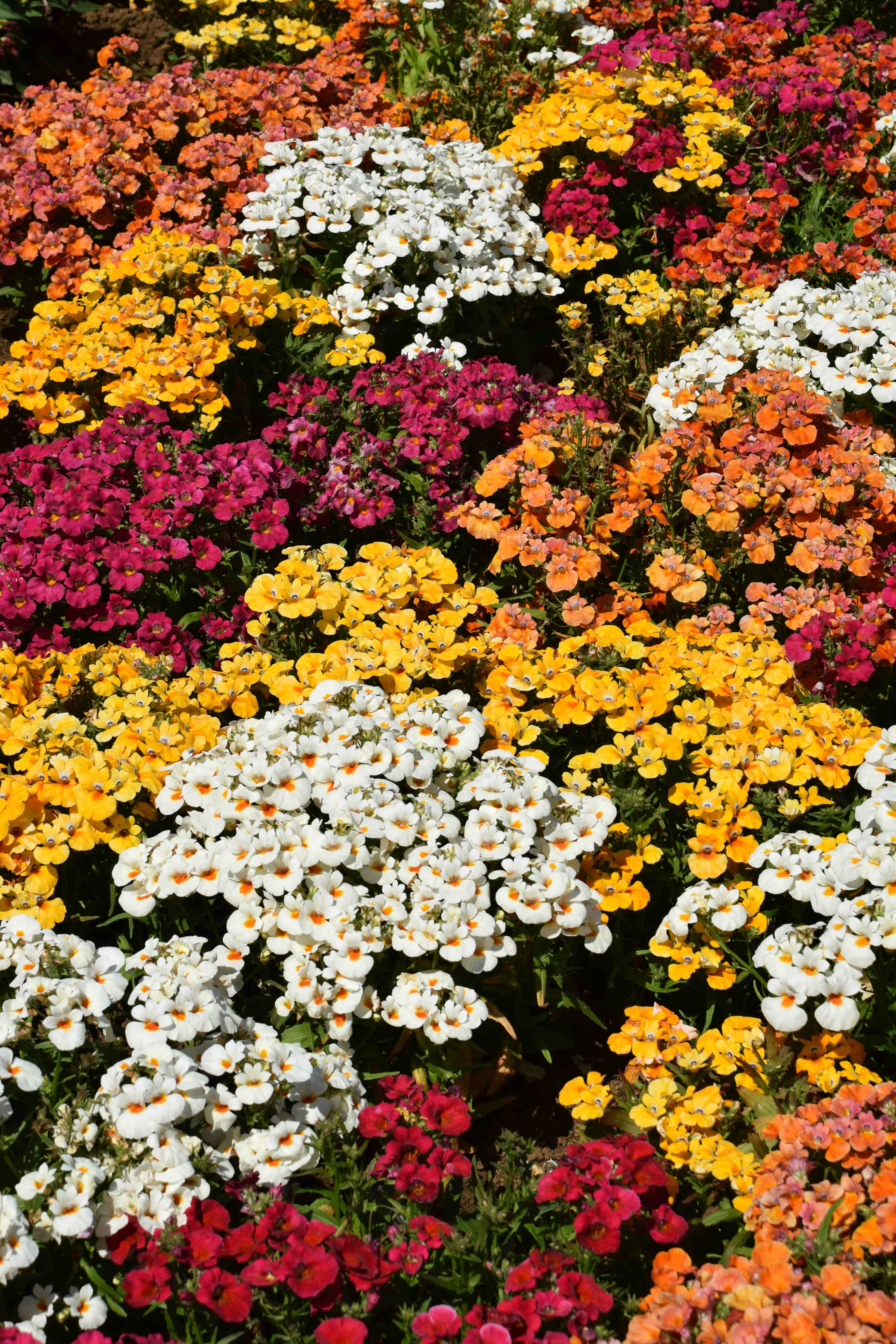
Back in the 70s and 80s we had very different tastes in bedding plants and our buying habits were different too. The range of plants was smaller and, dare I say it, more traditional, with a distinctly Victorian feel about it. Scarlet salvias, white alyssum and blue lobelia were still de rigeur and French marigolds, seed-raised petunias and annual asters were popular.
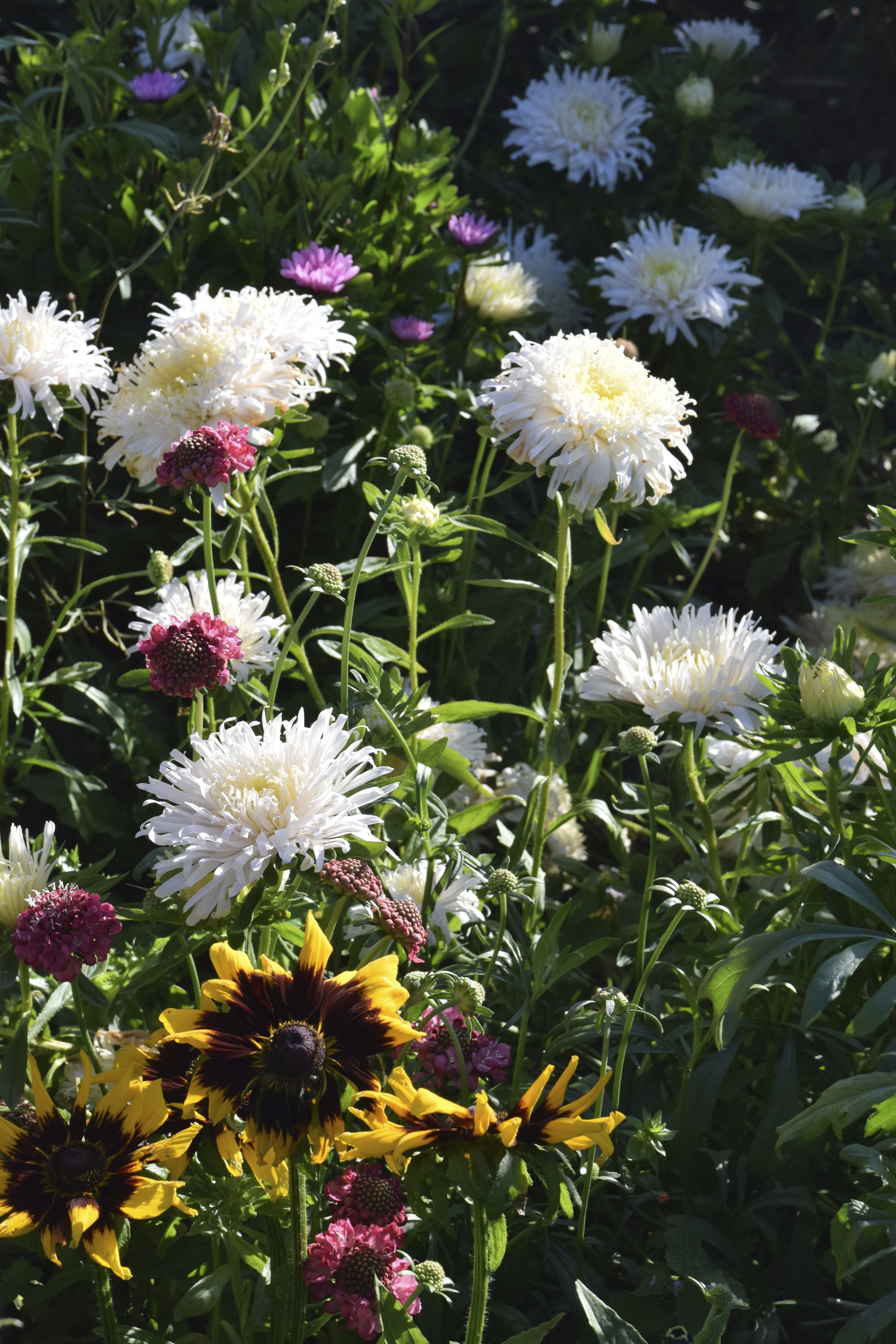
Plants were sold in strips of ten, first in plastic trays and then expanded polystyrene – what a pain those were, trying to get rid of them! Unlike most garden centres today, we grew a lot of these plants at the garden centre. It was one of my jobs to mix the compost and fill the thousands of trays and, I am sorry if this appears sexist, a group of ‘ladies’ came in, including Pam Knight, to transplant the seedlings. It was the job of us ‘boys’ to make sure the trays were ready for the morning when the workforce turned up and we had to take them away and lay them out in the greenhouses to grow on. It all worked very well.
This was the time when busy Lizzies were just starting to become the most popular of all bedding plants. Little did we know that they would, in a decade, usurp almost every other bedding plant. They were just that useful, flourishing in sun or shade and covering themselves in flowers from the moment they were planted – the perfect bedding plant. I remember spending many evenings in the greenhouse at Nags Hall potting on the young plants for growing on in warmer conditions than the regular bedding. When downy mildew arrived and made their cultivation almost impossible, seven or so years ago, it made us all look for alternatives, which was no bad thing.
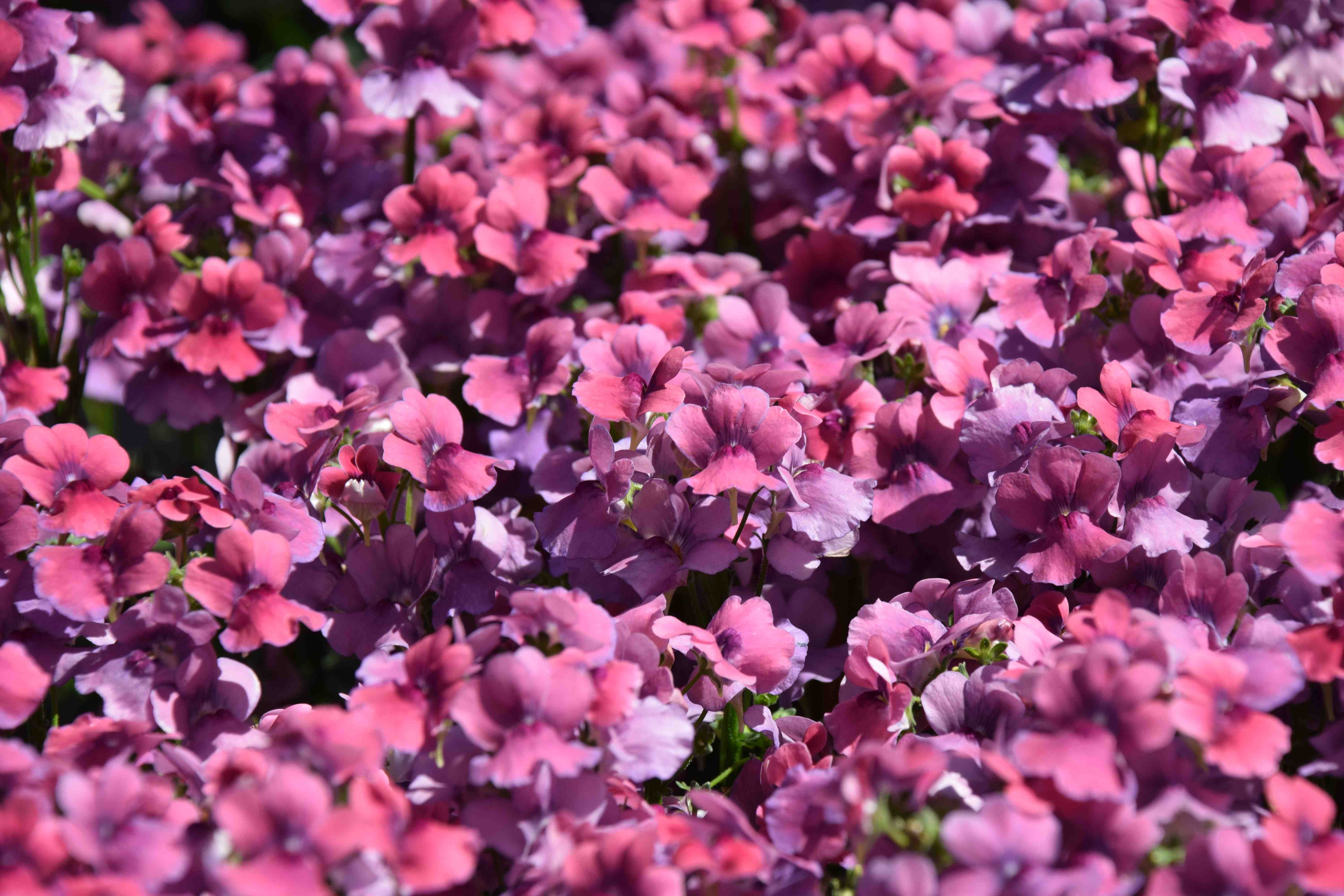
These days few people bed out as they used to and bedding plants are more commonly sold in small, single pots. The choice has changed enormously; most petunias are now grown from cuttings, producing more vigorous plants that rarely set seed and that have better garden performance, and in colours unimaginable then.
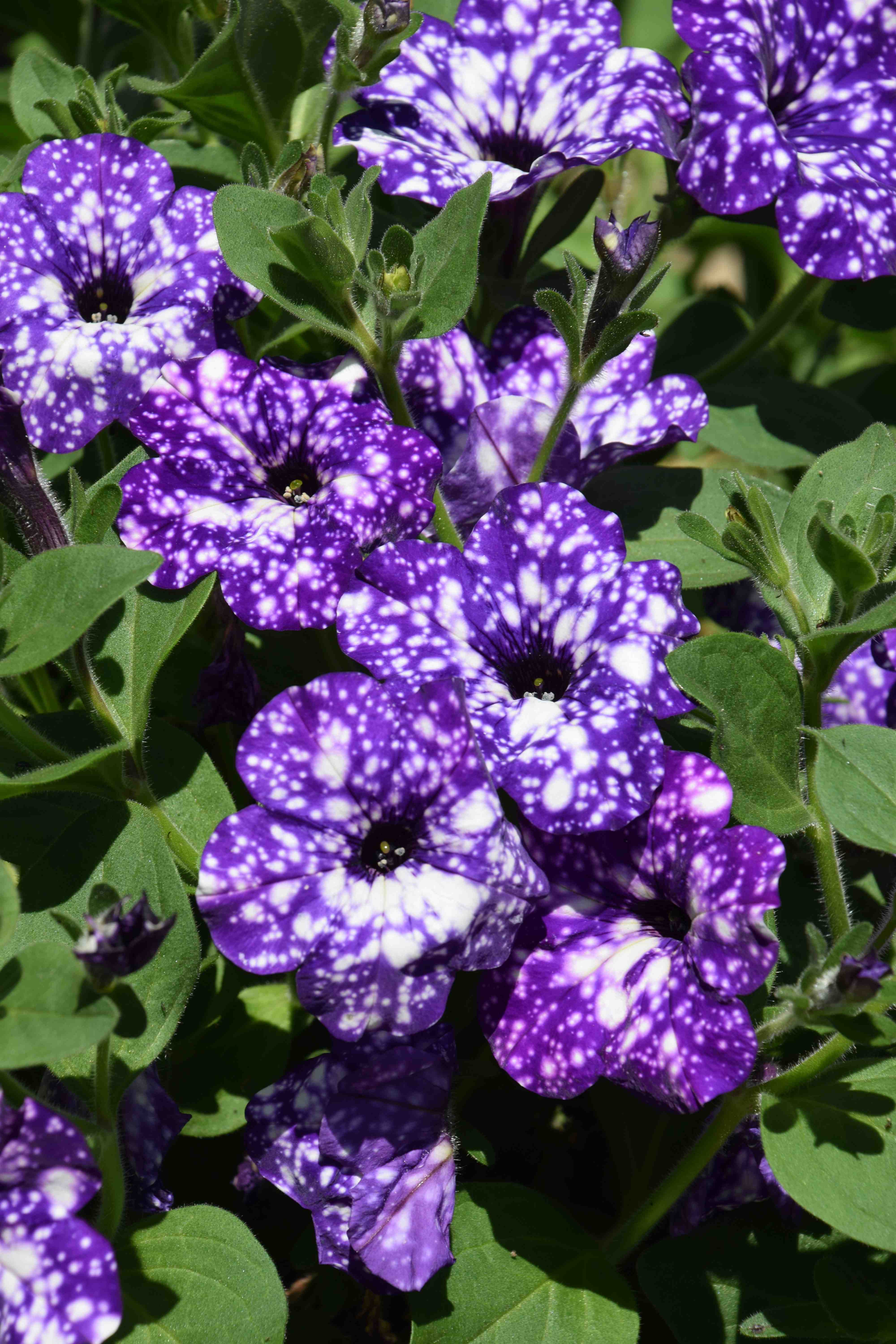
Seed-raised nemesias are rarely seen. The new types with fragrant flowers are compact and perfect for pots but I do admit that I miss the older kinds with an infinite variety of colours. Your rarely see annual asters these days, partly because of their short flowering period but their flowers were perfect for cottage gardens and cutting. And we have wholly new plants such as compact callibrachoas and cosmos, once a rarity but now found in every good garden.
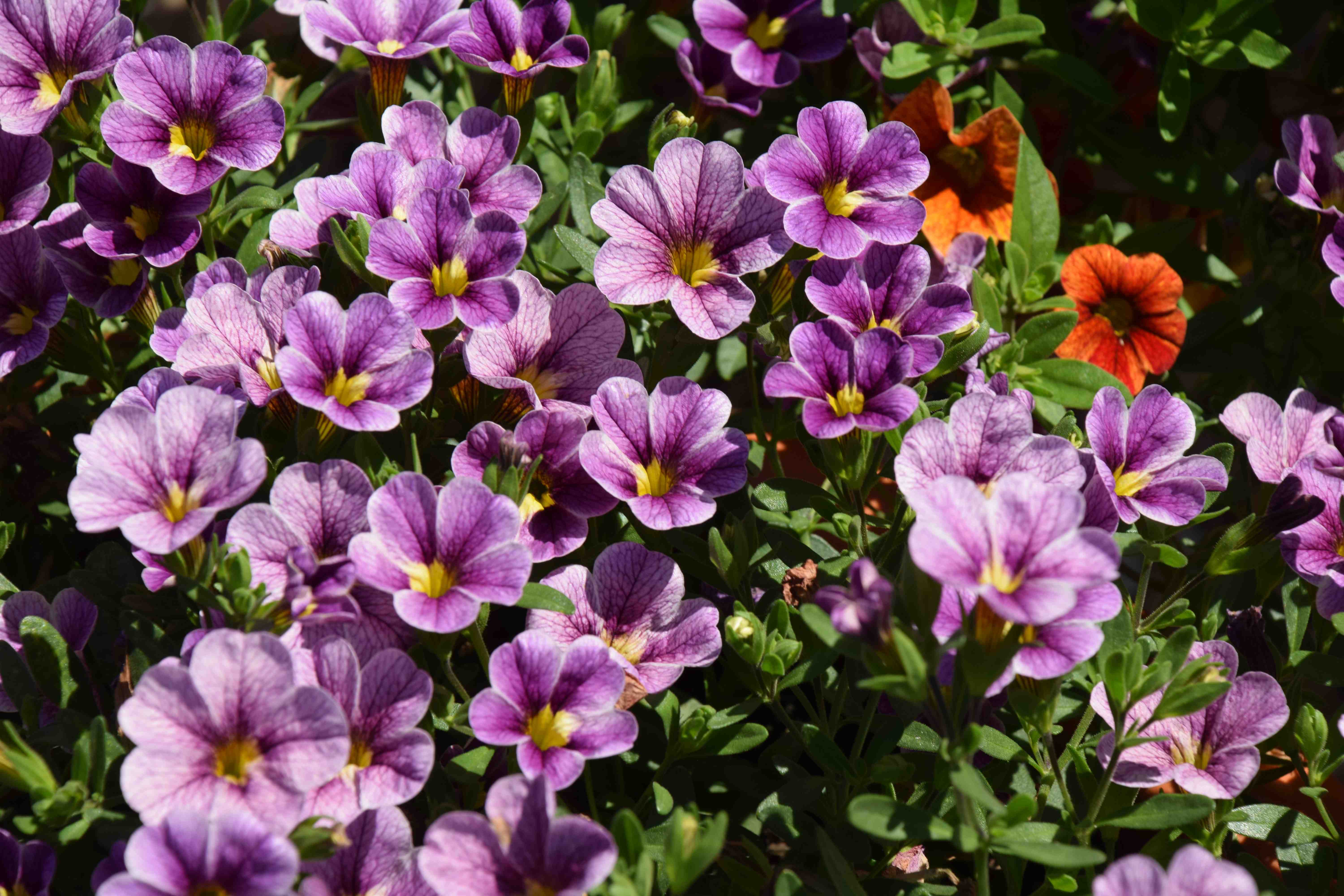
Jobs for the week
Hostas
I know what you are thinking – slugs! Poor old hostas would be much more popular if slugs left them alone. But the fact is that slugs don’t attack hostas any more than most plants. It is just that if the leaves are attacked in spring the damage is there all summer. So protect the young shoots now or you will be reminded all season. Of course, this is not the time to suggest buying more, since Knights is closed, but not all hostas are as prone to attack as others and many of the more recent hostas, especially the large-leaved kinds with thick foliage are pretty resistant. But I would advise putting down some protection now and topping up after wet weather. You should use what you like but I use regular slug pellets which do not pose a threat to wildlife if used as directed. Sprinkle them so they are 10-15cm apart and not in thick rings around plants. And protect other plants too such as delphiniums and lupins.
Care of potted shrubs
Established shrubs in pots need attention now. They may be too big to repot – if you do repot use John Innes compost and not multipurpose. If they are big they can be encouraged to grow vigorously by replacing some of the compost. If you can, take them out of the pot, chop off the lower quarter of the roots and compost with s spade, put fresh compost in the bottom of the pot and replace the plant. Then give it a really good soak. If this is not possible the scrape away some of the surface compost and replace it with fresh compost and some controlled-release fertiliser. Keep all potted shrubs well watered and either feed with controlled-release fertiliser of with liquid fertiliser applied every week from now till September.
Daffodils
Allow the foliage to die down naturally and do not trim it off now. But take off the dead flowers and seed pods to prevent seed formation. Do not remove the leaves till they start to yellow or at least six weeks after flowering – usually no earlier than late May.
Peonies
Give peonies a boost with a mulch of compost and a dressing of a general fertiliser. Put pea sticks or some other form of support in place before the flowers open.